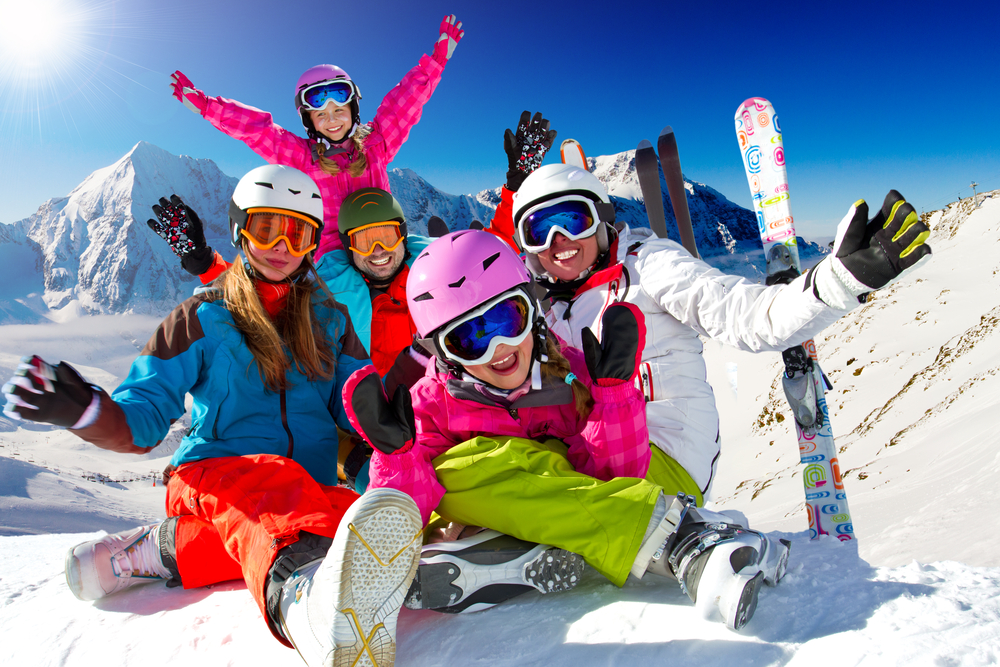Skiing requires a lot of specialized equipment, for obvious reasons. Those people who have never skied before, and even those who consider themselves intermediate level, should probably rent their skis and boots and think about borrowing everything else.
What to take
Think of what to wear in terms of three levels: a base layer with thermal clothing, and thick, warm ski socks; a second layer, with a fleecy jacket or a sweater, ski pants, and boots; and a third layer, which might include goggles, a wind-and-waterproof jacket, skis with bindings, thick gloves to protect your hands, ski poles, and suncream for the face.
For maximum safety, a helmet is a good idea. It doesn’t prevent the worst from happening, but it can do a lot to minimize the damage. Even those who don’t wear a helmet should always cover their heads with something. It’s a cold, cruel world out there!
To buy, or not to buy?
A pair of skis is good for around 10 – 20 weeks of solid use, which pretty much equates to 10 -20 years of most skiers’ lives. If it isn’t going to be a lifetime obsession, it probably isn’t worth buying.
Skis are developed according to their use; it’s about the ability of the skier, and their style of skiing. The best ski shops will be able to advise wisely. It’s also a good idea to think about the differences in genders, and how that can affect ski purchases.
Gender differences in skiing
Men and women are physically different. There’s no escaping that fact, even in our equality-is-everything world. However, there are some crucial differences in skiing that change the game if they aren’t dealt with.

As a very general rule, women are shorter and lighter than men. They therefore need skis that they can bend as easily as men bend theirs, since much in skiing is about weight distribution. Women’s skis need to perform just as well as men’s, so they are usually shorter and made from a softer, more flexible material. It’s great that this is now the case – for a very long time only men’s skis were available for women.
How to improve as a beginner and even as an intermediate skier
One way to ensure that the moves stay in the beginner’s brain is by practicing away from the class, on some nice easy slopes. One of the best exercises is to perform the snowplow position, making the V-shape wider and narrower by turns, going faster and slower in a controlled way. The control of speed and the ability to stop is crucial for a successful skiing holiday.
For intermediate skiers, carving is great fun and makes a skier feel advanced even in the early stages. By pointing the inside knee in the new direction of travel, and pushing it into the boot, the inside ski will be engaged in the turn as well as the outside one. This distributes the weight evenly between the skis, making each turn as smooth as the slope’s surface. With feet set apart, the skier can generate pressure in the top half of the turn, and release it in the bottom half; the more pressure, the tighter the angle to the snow, the more extreme the carve will be.
Suck it and see!
